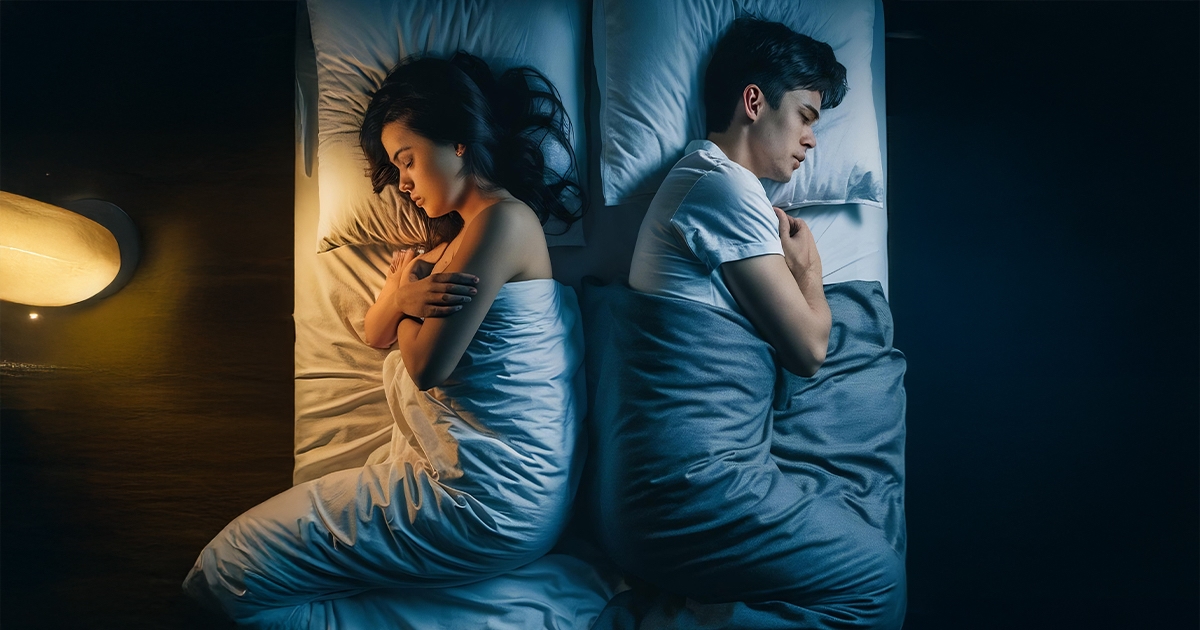What Is Low Libido?
Low libido refers to a lack of sexual desire, either in general or during sexual activity with a partner. Sexual desire is influenced by auditory, visual, olfactory, tactile, and emotional stimuli. Every healthy individual without significant hormonal imbalance has a natural level of sexual desire. However, the frequency and intensity of desire vary greatly between individuals — some may feel desire multiple times a day, while others only a few times a week. Both are completely normal.
The regulation of libido involves the nervous system, hormones, emotional health, and relationship dynamics. In women, hormonal fluctuations throughout life significantly influence sexual desire. In particular, during premenopause and perimenopause, changes in estrogen and progesterone levels can lead to vaginal dryness, sleep disturbances, and reduced libido. In menopause, as estrogen levels remain consistently low, decreased sexual desire becomes more common. This phase may also include body image concerns, depression, or mood shifts. For these reasons, regular hormone monitoring is key to identifying and managing sexual dysfunction early.
Types of Low Libido
Low libido is typically categorized into two types. Primary low libido is when a person has never experienced sexual desire since adolescence. Secondary low libido develops in individuals who previously had normal desire but have noticed a decline over time. Hormonal changes, especially during menopause, are a common cause. Temporary dips in desire due to stress, workload, or family responsibilities are also common and usually resolve on their own.
Causes of Low Libido
The causes of low libido are often a mix of physical and psychological factors. Physical causes include reduced estrogen levels during menopause, thyroid disorders (such as hypothyroidism), certain chronic conditions, medications (like birth control pills or antidepressants), neurological disorders, and pain during intercourse (dyspareunia). Psychological factors are often more prominent and include stress, marital conflict, depression, anxiety, and past trauma. During menopause, both physical and emotional contributors tend to overlap more frequently.
A Holistic Approach to Low Libido
A holistic approach is essential when addressing low libido. Sexuality is not just a hormonal function — it is a complex experience shaped by the mind, emotions, and relationships. Focusing only on hormones is often insufficient. In our clinic, we begin monitoring hormone levels starting from premenopause to identify potential issues early. We also offer psychological support, couple’s therapy, dietary adjustments, sleep quality optimization, and body image empowerment to create personalized, multi-dimensional treatment plans. This integrated approach aims to restore long-term wellbeing.
Solutions for Low Libido
The first step in addressing low libido is to acknowledge the issue and maintain open communication with your partner. A supportive, nonjudgmental attitude is essential. Sexuality is not a performance but a shared experience. In menopause, vaginal dryness is common and may be managed with topical estrogen creams or vaginal moisturizers prescribed by a doctor. Regular physical activity boosts endorphins and supports desire. Hormone replacement therapy can help correct deficiencies and improve libido. In some cases, low desire is linked to depression or anxiety, requiring psychological support or medication. Sexual therapy can improve communication between partners and help address underlying misconceptions or emotional barriers around sexuality.
When to Seek Help
If low libido persists for more than two months and begins to impact your quality of life, it’s time to consult a specialist. For women experiencing a significant drop in desire during menopause, early intervention can make a meaningful difference.
At our clinic, we approach sexual health not only from a physical perspective but also through biological, psychological, and social lenses. Seeking support is an empowering step toward improving your overall wellbeing.

